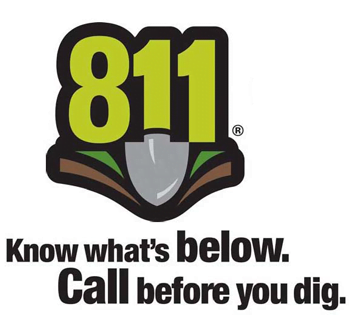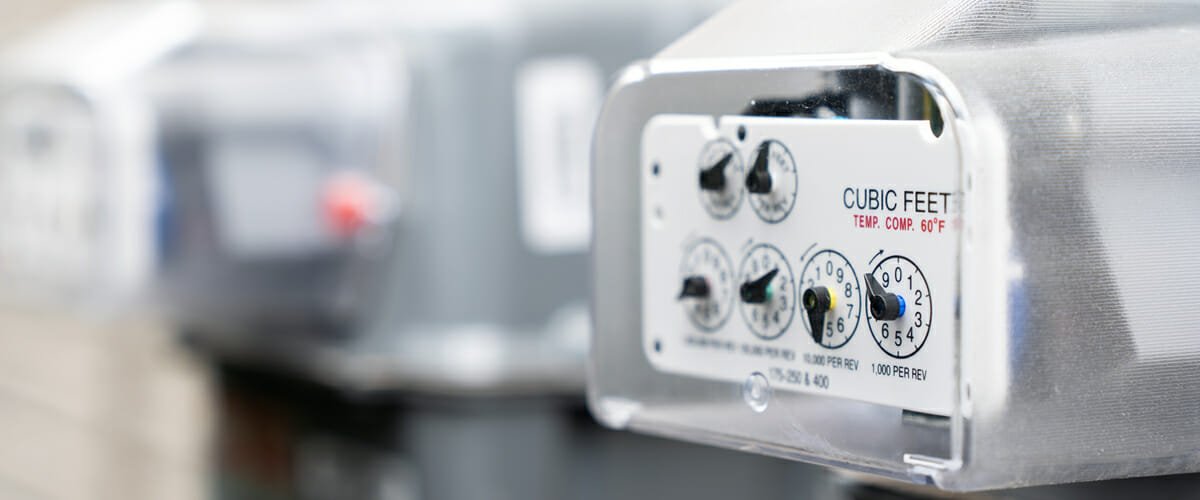Customer Service Hours
7:30 AM-6:30 PM CST
24-Hour Emergency
877-267-4764
24-Hour Emergency
877-267-4764
Customer Service Hours
7:30 AM-6:30 PM CST
24-Hour Emergency
877-267-4764
877-267-4764

Call 811, it is a free call! The One Call Center will let us know who you are and where you intend to dig.
It’s important to keep your natural gas meter clear of debris, vegetation, snow, and ice.
Natural gas is one of the safest and most reliable fuels available. However, it’s important that everyone in your household learn to safely operate and maintain your natural gas appliances. It’s easy if you follow these guidelines:

Great Plains Natural Gas encourages customers to inspect their natural gas meter on a regular basis to make sure it is not obstructed and that snow and ice have not built up on the meter. Visit our Meter Access and Safety page for more information.
Carbon Monoxide (CO) is a toxic, colorless, odorless and tasteless gas that is produced by incomplete burning of natural gas, propane, kerosene or any other fossil fuel heat. CO comes from poorly functioning appliances, or appliances that are not vented or are incorrectly vented. Appliances such as furnaces, space heaters and even gas or charcoal grills pose a threat. Outdoor equipment such as portable generators, heaters and stoves also can create dangerous levels of CO in cabins and hunting/fishing shacks.
CO can be especially dangerous during the winter when homes are sealed up tight. The best ways to protect your family from CO are to:
Since the symptoms of CO poisoning are similar to the flu, victims often don’t realize the cause of their illness. CO poisoning symptoms can occur immediately or more gradually after long-term exposure. Symptoms do not include a fever, but do include:
If you suspect CO poisoning, get fresh air immediately. If exposure continues over a long period of time, CO poisoning can lead to brain damage or even death. If the symptoms are not accompanied by fever, if everyone in the family is ill, or you have pets acting strangely and the symptoms disappear when you leave the house, it could be CO poisoning.
| Cookie | Duration | Description |
|---|---|---|
| cookielawinfo-checkbox-analytics | 11 months | This cookie is set by GDPR Cookie Consent plugin. The cookie is used to store the user consent for the cookies in the category "Analytics". |
| cookielawinfo-checkbox-functional | 11 months | The cookie is set by GDPR cookie consent to record the user consent for the cookies in the category "Functional". |
| cookielawinfo-checkbox-necessary | 11 months | This cookie is set by GDPR Cookie Consent plugin. The cookies is used to store the user consent for the cookies in the category "Necessary". |
| cookielawinfo-checkbox-others | 11 months | This cookie is set by GDPR Cookie Consent plugin. The cookie is used to store the user consent for the cookies in the category "Other. |
| cookielawinfo-checkbox-performance | 11 months | This cookie is set by GDPR Cookie Consent plugin. The cookie is used to store the user consent for the cookies in the category "Performance". |
| viewed_cookie_policy | 11 months | The cookie is set by the GDPR Cookie Consent plugin and is used to store whether or not user has consented to the use of cookies. It does not store any personal data. |